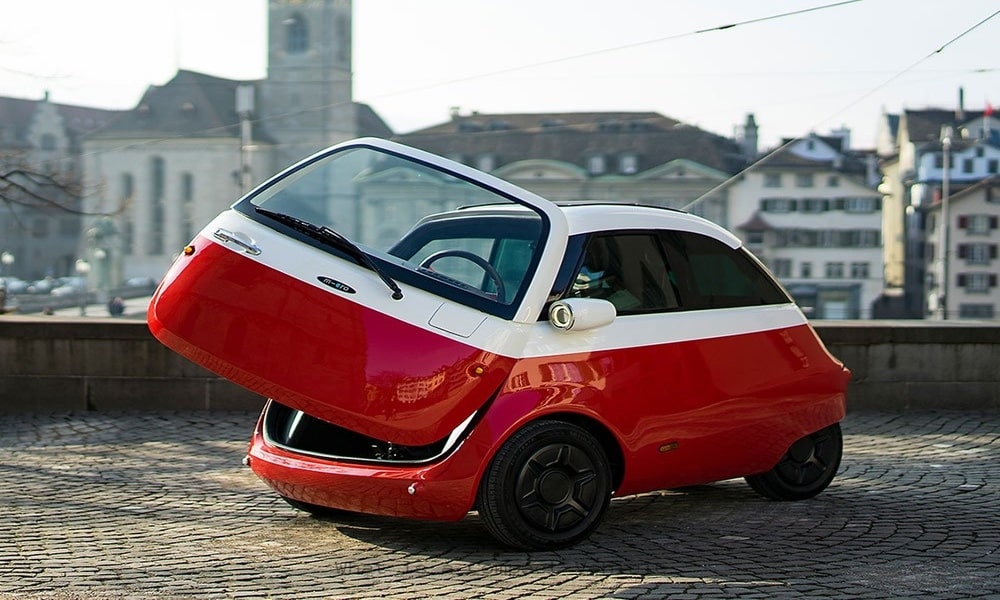Introduction
In the current automotive market, compact vehicles (also known as small cars) have established themselves as an essential part. This vehicle offers the best combination of performance, size and utility, which is why it’s a favourite among city drivers and families. In cities with tight parking areas and traffic, a more compact, flexible vehicle is ideal. These cars have many features, including being versatile, affordable, and full of useful options.
So, what is a compact vehicle? These vehicles are designed to provide consolation, performance, and practicality, making them an appealing alternative for many human beings. The compact vehicle is a superb choice, no matter whether you need a dependable commuting car, an eco-friendly circle of relatives automobile or something that enables lessens the environmental effect. What makes an automobile “compact?” And why are they so famous with many drivers?
Definition and classification
1. Technical definition
A compact car can be defined by its size and the volume of its interior. The cars usually measure between 4 and 6 meters. It is the perfect balance between compact and midsize vehicles. These cars can typically seat five people. Although the rear seats might feel more cramped, they are still a good compromise between smaller subcompacts and larger midsize models.
2. Classification standards
In North America the compact car category is called C-segment. This segmentation is based primarily on the length and width of the car, along with its interior volume. This typically ranges anywhere from 100 to 115 cubic feet. What is a compact vehicle? In Europe is slightly different, with classifications factoring in engine displacement and additional features. Compact cars offer a range of different styles. They are available in sedans as well as hatchbacks. It is possible to buy a compact that will meet your needs and still be stylish or functional.
History and Evolution
1. Origins of compact cars
Compact cars emerged in the early 20th-century as manufacturers looked to offer affordable transportation options for consumers. These models were basic and cost-effective, placing a priority on functionality.
2. Post-war popularity
After World War II the compact car gained a lot of traction, especially in Europe. Fuel prices and limited space made it necessary to have smaller cars. This period saw the introduction of iconic vehicles like the Volkswagen Beetle, and Mini Cooper. These models revolutionized people’s perceptions about transportation.
3. Modern evolution
Compact cars went through a significant transformation during the recent past. Modern compact vehicles feature the ultra-modern era and protection systems as well as advanced gasoline financial system. The marketplace has additionally seen the advent of hybrid and all-electric powered compact vehicles, which cater to eco-aware motorists. Toyota Prius and Nissan Leaf fashions are benchmarks of what compact vehicles can do in phrases sustainability.
Features
1. Spatial optimization
These compact cars are designed so that they make the best of their size. Smart engineering makes these compact cars offer ample space inside without compromising on exterior size. They are made more practical by such features as folding back seats and optimized dashboard layouts.
2. Advanced technology
Compact cars can be equipped with advanced technologies despite being small. A number of models feature voice-activated controls on the infotainment system, navigational systems, touch screens, and driver-assistive features including lane keep assist, automatic emergency braking, and more.
3. Style design
Compact cars don’t sacrifice aesthetics. In order to reach a wider audience, manufacturers are designing exteriors with sleek lines and attractive designs. The styles are varied, from stylish sedans to sports hatchbacks.
Benefits
1. Space efficiency
Compact cars provide a variety of indoors room in a compact footprint. It is simple to move in crowded regions of the town, squeeze into tight parking locations, and offer a comfortable journey.
2. Cost-effectiveness
Small vehicles provide the high-quality cost for money, in terms both of their purchase cost and running fees. They have lighter engines and use less fuel.
3. Environmental impact
Compact cars can be designed more efficiently, which reduces their carbon foot print. With hybrid or electric engines, models can go even further to offer zero emissions and align themselves with global efforts against climate change.
Types and examples
1. Hatchbacks
Hatchbacks represent a distinct subset within compact cars. These vehicles offer both practicality and stylishness. The hatchback’s rear door can be opened upwards to disclose a large, large cargo compartment. Volkswagen Golf Hatchbacks and Honda Civic Hatchbacks are known for both being reliable and versatile.
2. Sedans
Compact sedans have been planned with drivers in mind. The Toyota Corolla is one example. Many of these models offer a traditional aesthetic, yet still provide the performance and convenience that compact cars are known for.
3. Compact SUVs
Over the past few years, compact crossovers SUVs in which Subaru Cross-treks or Mazda CX-30s have grown in recognition are covered. Compact SUVs, just like the Mazda CX-30 and Subaru Cross-trek, unite the size and ease of a sedan with the riding location of an off-street vehicle. These are huge vehicles for adventurers and families.
Comparison to other car types
1. Compact vs subcompact cars
Subcompact vehicles, like Honda Fits, are still smaller than compacts and ideal for crowded urban environments. The interior space is often less than compact cars. This makes them a bad choice for anyone who wants a car that balances size with functionality.
2. Midsize vs compact cars
Toyota Camry or other midsize vehicles offer greater space and comfort than compacts but they are usually more costly and use less fuel. Compact cars have a smaller footprint, require less maintenance and are easier for drivers to manage.
Pricing and fuel economy
1. Affordable purchase price
Compact vehicles are typically priced between $20,000 and $30,000. First time buyers and budget conscious individuals can easily afford them. Many certified used options are readily available. This makes them more affordable.
2. Fuel efficiency
Compact cars have a strong selling point in fuel economy. Honda Civics and Toyota Corolla Hybrids have fuel economy of over 30 mpg. This efficiency can translate into long-term fuel cost savings.
Is a Compact car right for you?
1. Bus driving
When you drive in an area with high traffic volume or in an urban setting, compact cars can be the best choice. Compact cars are easier to park and navigate in narrow streets.
2. Affordable choice
Compact cars allow you to make savings on your purchase as well as operating costs. This is without compromising the quality of the vehicle.
3. Eco-friendly option
For those who are concerned about the environment, compact vehicles with hybrid and electric engines offer an alternative way to commute.
Conclusion
To answer the question what is a compact vehicle? Compact vehicles can be a great option because they are versatile, affordable and economical. Compact cars provide unmatched value for those who are looking to travel in the city, want a reliable commuter or care about fuel efficiency. These compact vehicles are known for their stylish looks, advanced features and eco-friendly choices.





